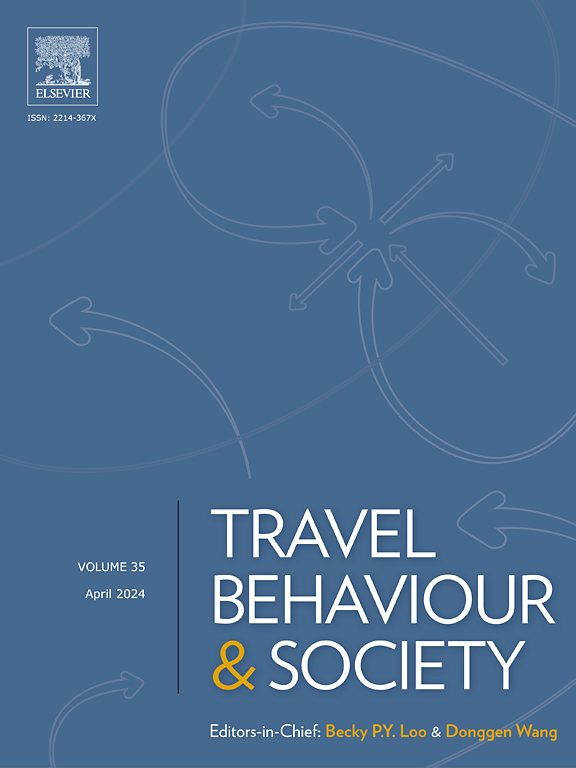Unveiling the retardant effectiveness of node-based driving restriction policies in mitigating congestion
IF 5.1
2区 工程技术
Q1 TRANSPORTATION
引用次数: 0
Abstract
Traffic congestion continues to pose a significant challenge to sustainable urbanization, prompting many cities to implement driving restriction policies. Node-based driving restrictions (NDRs), designed to regulate vehicle movements through critical nodes in a transportation network, have emerged as a popular and effective strategy for alleviating congestion. Although numerous efforts have been made to examine the essence of NDRs, their mechanism and overall effectiveness remains unclear. By drawing an analogy to the behavior of flame retardants in composite material combustion, this study explores the effectiveness of NDRs and the conditions necessary to optimize their impact. A retardant model was proposed and tested using the case of Chongqing, China. The Baidu Traffic API data were analyzed employing difference-in-differences (DID) and triple differences (DDD) methods. The results indicate that NDRs exert retardant effects by temporarily reducing congestion peaks. NDRs improve vehicle flow within the network, shorten vehicle queues, and limit the spread of congestion. Furthermore, congestion resulting from flexible travel patterns is more susceptible to the impacts of NDRs, suggesting that assessments of NDRs’ effectiveness should consider the moderating effect of flexible travel behaviors. These findings advocate for the broader validation and implementation of NDRs, highlighting their cost-effectiveness and adaptability in developing flexible congestion mitigation strategies. They also provide novel insights into congestion reduction and offer guidance for optimizing restriction policies in dynamic travel patterns.
求助全文
约1分钟内获得全文
求助全文
来源期刊

Travel Behaviour and Society
TRANSPORTATION-
CiteScore
9.80
自引率
7.70%
发文量
109
期刊介绍:
Travel Behaviour and Society is an interdisciplinary journal publishing high-quality original papers which report leading edge research in theories, methodologies and applications concerning transportation issues and challenges which involve the social and spatial dimensions. In particular, it provides a discussion forum for major research in travel behaviour, transportation infrastructure, transportation and environmental issues, mobility and social sustainability, transportation geographic information systems (TGIS), transportation and quality of life, transportation data collection and analysis, etc.
 求助内容:
求助内容: 应助结果提醒方式:
应助结果提醒方式:


